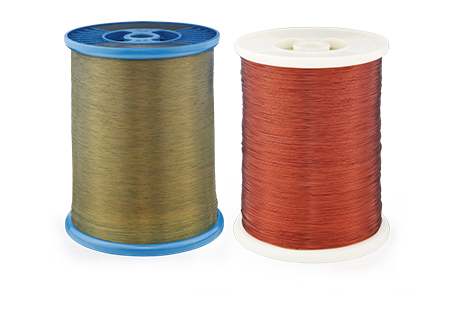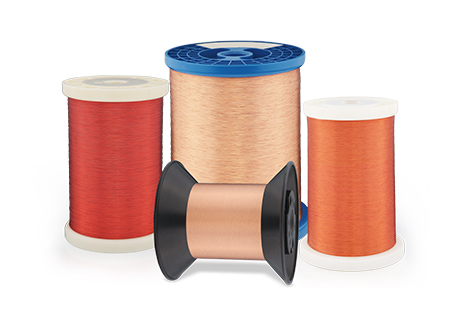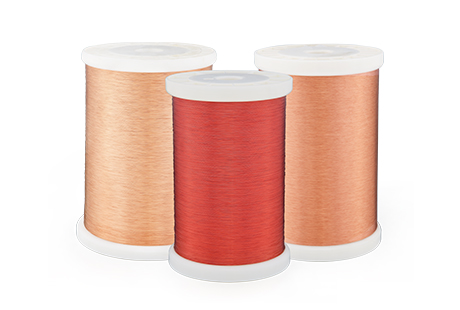Copper wire is widely used in multiple industries due to its excellent electrical conductivity and versatility. However, the properties of copper wire can be further enhanced through the process of annealing. In this blog post, we will delve into the key differences between annealed and non-annealed copper wire and highlight the benefits of annealing for various applications.
What is Annealing and How Does it Affect Copper Wire?
Annealing refers to the process of heating and then slowly cooling a metal, such as copper, to alter its physical and mechanical properties. This process helps to relieve stress, increase ductility, and improve electrical conductivity. When copper wire is annealed, the wire becomes softer, more flexible, and resistant to breaking under tension.
Enhanced Electrical Conductivity of Annealed Copper Wire
One of the significant advantages of annealed copper wire lies in its enhanced electrical conductivity. During the annealing process, the crystal structure of the wire is refined, reducing the number of crystal defects and impurities. This ensures a smoother flow of electric current through the wire, leading to better transmission efficiency and reduced energy loss.
Improved Ductility and Flexibility
Non-annealed copper wire, while still useful in specific applications, may lack the necessary ductility and flexibility required for more demanding installations. Annealed copper wire, on the other hand, possesses higher ductility and can be easily shaped, bent, and twisted without breaking. This property makes it ideal for applications that involve tight spaces, intricate electrical connections, or repeated movements.
Versatile Applications of Annealed Copper Wire
The advantages offered by annealed copper wire have paved the way for its increased utilization across a wide range of industries. Industries that require flexible wiring solutions, such as electronics, telecommunications, and automotive, benefit greatly from the use of annealed copper wire. Its improved flexibility enables easier installation, maintenance, and repair, reducing the risk of wire damage during these processes.
In conclusion, the annealing process enhances the properties of copper wire, giving rise to annealed copper wire which offers superior electrical conductivity, flexibility, and ductility compared to non-annealed wire. These attributes make annealed copper wire the preferred choice for various industries, such as electronics and telecommunications. By understanding the differences between annealed and non-annealed copper wire, you can make informed decisions when choosing the right wire for your specific applications.

 English
English 日本語
日本語 한국어
한국어 français
français Deutsch
Deutsch Español
Español italiano
italiano العربية
العربية tiếng việt
tiếng việt Türkçe
Türkçe ไทย
ไทย 中文
中文





